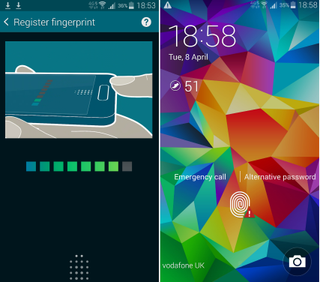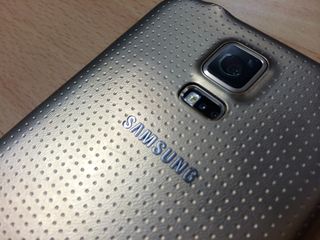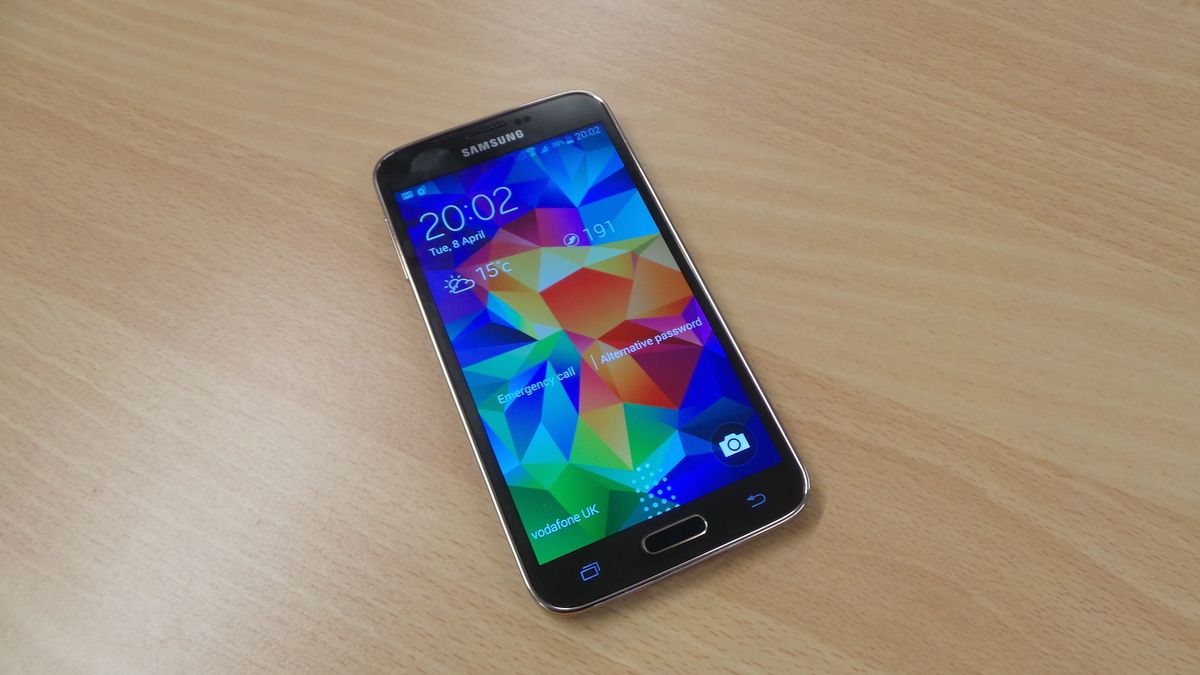Fingerprint & Heart-rate sensors
Samsung has introduced a fingerprint scanner and heart-rate monitor as the headline hardware features in a bid to provide a "wow" factor. Ironically, these are no-where near the best upgrades.
These are good ideas in theory but need immaculate execution to avoid being labelled as gimmicks. Apple proved fingerprint recognition takes the hassle out of password entry through it's Touch ID feature. You place your finger in a static position on the home button of the iPhone to register a print. Samsung has taken a different approach and has not been able to replicate the smooth and consistent user experience provide by its nemesis.
You can register up to three fingerprints on the S5 and this is a fiddly process. It requires eight swipes to register one finger, which isn't the problem. The reality is you'll end up doing more than a dozen swipes as you need a perfect connection.
The scanner is reminiscent to those you'd find on Windows laptop. You have to start your swipe on the screen and then continue downwards over the home button. If you don't catch the scanner dead-centre your print won't be recognised.
It's almost impossible to register a swipe when holding the device in one hand as your thumb will be at an angle and you need to have it straight down. Get used to an error message asking you to swipe the device again when unlocking it.

This is a shame because Samsung has teamed up with PayPal to allow users to authorise payments with the scanner. But with the inconsistency, it's odd-on you'll turn the feature off.
The heart-rate monitor on the back is a curious inclusion. Located directly under the rear camera it reads your pulse via a finger. Despite Samsung promoting the health tracking features of the S5 - the heart-rate monitor is unnecessary. The location means the device is not able to track your pulse during exercise, the time during which the information is most beneficial.

Ironically, Samsung is selling its Gear Neo and Gear Fit smartwatches. These can provide up-to-the-minute heart rates and can sync up with the S5. But with those devices costing 200, they are a substantial expense.
A simple wristband accessory included in the box with the S5 would have been a better proposition, as it would have given users a taste of wearable devices and been more useful.















